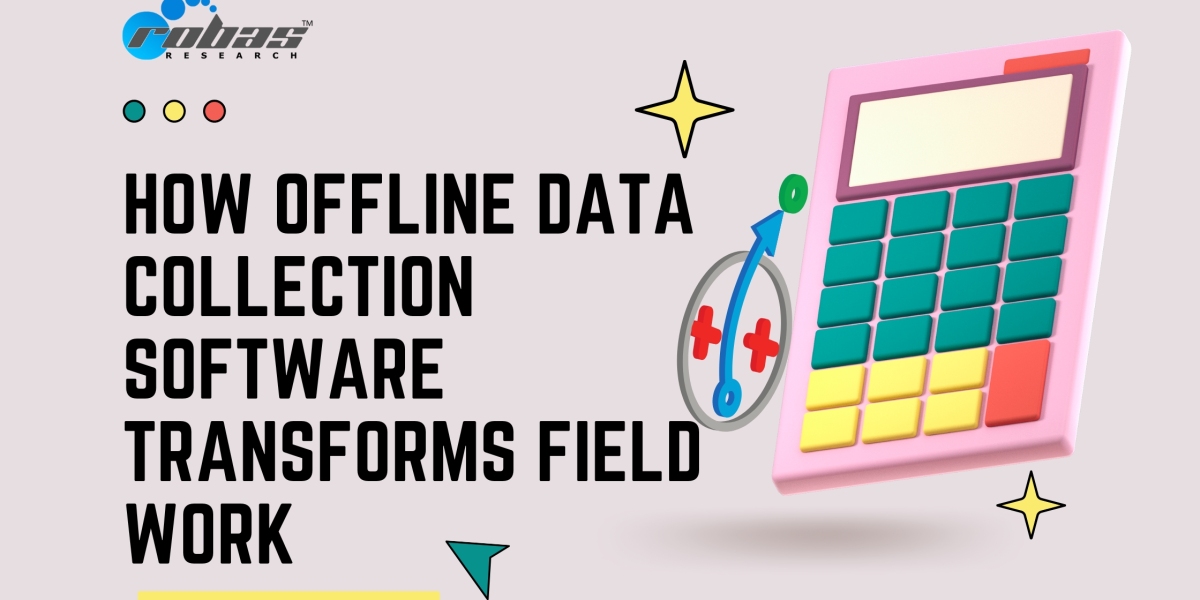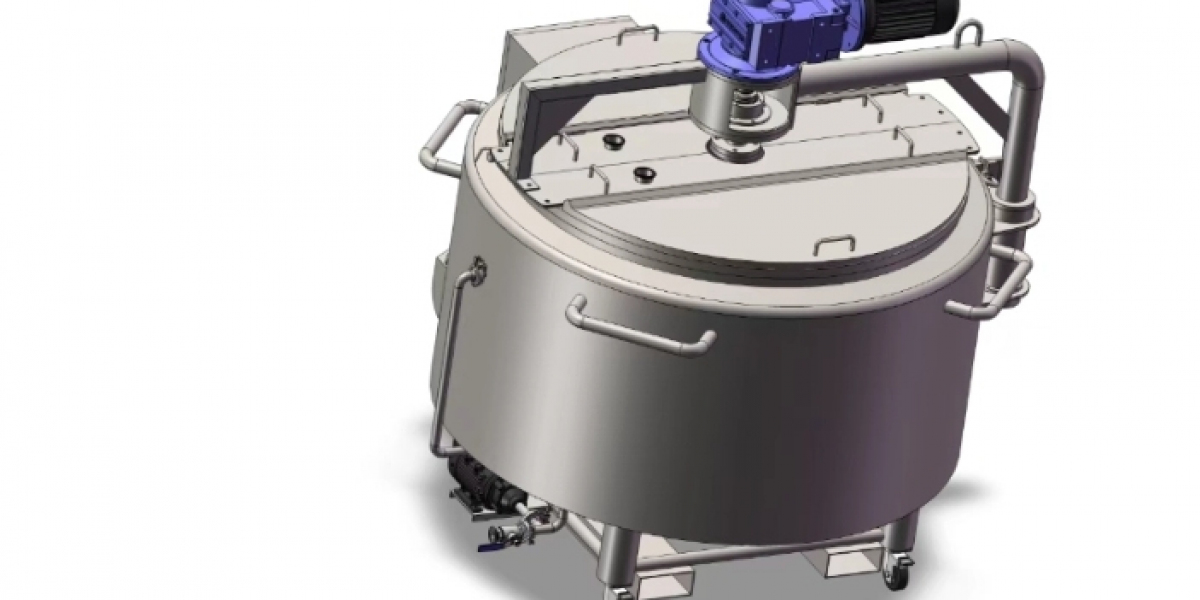In the digital age, data collection has become a pivotal aspect of many industries, from market research to environmental studies, healthcare, and beyond. Traditionally, fieldwork poses significant challenges due to reliance on paper-based data collection methods and the need for constant connectivity to transmit data. However, Offline Data Collection Software is revolutionizing fieldwork by enabling data collection, storage, and management without the need for an internet connection. This transformation brings numerous benefits, including increased efficiency, data accuracy, and operational flexibility.
The Evolution of Data Collection
The journey of data collection methods has evolved significantly over the years. Initially, data collection was entirely manual, involving pen and paper. This method was not only time-consuming but also prone to errors and data loss. Fieldworkers had to manually enter data, which often led to transcription errors and difficulties in managing and analyzing large datasets. Moreover, physical storage of paper records poses additional challenges, including the risk of damage or loss.
What is Offline Data Collection Software?
Offline data collection software is designed to function without the need for a continuous internet connection. These tools allow users to collect, store, and manage data locally on their devices (such as smartphones, tablets, or laptops) and later synchronize the data to a central server once a connection is re-established. This capability is particularly beneficial for fieldwork conducted in remote areas or environments with limited or intermittent internet access.
Key Features of Offline Data Collection Software
Offline data collection software is designed with a range of features that enhance the efficiency, accuracy, and reliability of data collection processes, especially in environments where internet connectivity is limited or unavailable. Here are some key features of offline data collection software:
- Local Data Storage : One of the fundamental features of offline data collection software is the ability to store data locally on the device.
- User-Friendly Interface : Intuitive interfaces make it easy for users to input data accurately, even in challenging field conditions.
- Customizable Forms : The ability to create and customize forms is a crucial feature. Users can tailor forms and surveys to meet specific data collection needs, ensuring all relevant information is captured.
- Data Validation : Built-in validation rules help ensure data integrity by preventing entry errors and omissions.
- Synchronization Capabilities : Once an internet connection is available, offline data collection software can synchronize the locally stored data with a central server or database.
Transforming Field Work
The impact of offline data collection software on fieldwork is profound, addressing many of the limitations associated with traditional and online methods. Here are several ways in which this technology transforms field operations:
1. Increased Efficiency
Traditional fieldwork often involves carrying stacks of paper forms, which can be cumbersome and prone to damage or loss. Offline data collection software eliminates the need for paper forms entirely. Field researchers can now use their mobile devices, such as smartphones or tablets, equipped with offline data collection apps to gather information digitally.
2. Enhanced Data Accuracy
Manual data entry is inherently prone to human error, which can compromise the integrity of collected data. Offline data collection software mitigates these risks through real-time data validation and error-checking features. For example, the software can prompt users if required fields are left blank or if entered data appears inconsistent. This leads to higher quality data, which is crucial for accurate analysis and decision-making.
3. Operational Flexibility
One of the most significant advantages of offline data collection software is its ability to function without an internet connection. This flexibility is particularly valuable in remote or underserved areas where connectivity is unreliable or non-existent. Fieldworkers can collect data without interruption, knowing that their information will be safely stored on their device until it can be uploaded. This capability extends the reach of data collection efforts, enabling projects in areas that were previously inaccessible.
4. Real-Time Data Availability
While offline data collection does not provide immediate synchronization, it does enable near-real-time data availability once a connection is re-established. This is crucial for projects requiring rapid data turnaround. For instance, in disaster response scenarios, field teams can collect critical data on the ground and synchronize it with central databases as soon as they return to an area with internet access. This ensures that decision-makers have access to the most up-to-date information when it matters most.
5. Cost-Effectiveness
Offline data collection software can be a cost-effective solution for many organizations. The reduction in paper usage and the associated costs of printing, storage, and data entry can lead to significant savings. Additionally, the ability to operate without an internet connection can reduce the need for expensive mobile data plans or satellite internet services in remote areas.
Applications Across Industries
Offline data collection software finds versatile applications across various industries due to its ability to operate effectively in remote or low-connectivity environments. Here are some key industries where offline data collection software is making a significant impact:
1. Healthcare
In the healthcare sector, accurate and timely data collection is crucial for patient care, clinical trials, and epidemiological studies. Offline data collection software enables healthcare professionals to collect patient data, record symptoms, track treatment outcomes, and conduct health surveys even in remote or rural clinics where internet connectivity may be unreliable.
2. Environmental Research
Environmental researchers often work in remote or harsh environments where internet access is limited. Offline data collection software enables them to collect and analyze data on wildlife populations, vegetation cover, soil quality, and climate conditions.
3. Market Research
Market researchers need to gather data from diverse geographical locations, including areas with limited internet connectivity. Offline data collection software allows them to conduct surveys, gather customer feedback, and analyze market trends in real-time.
4. Agriculture
Farmers and agricultural researchers can benefit from offline data collection by recording crop yields, soil conditions, and pest infestations directly from the field. This real-time data collection helps in making timely decisions to improve agricultural practices and productivity.
5. Humanitarian Aid
Humanitarian organizations operate in crisis-affected areas where infrastructure, including internet connectivity, may be severely compromised. Offline data collection software enables aid workers to assess needs, distribute resources, and monitor relief efforts efficiently.
Future Prospects and Advancements
As technology continues to evolve, offline data collection software is expected to become even more sophisticated, incorporating advanced features such as:
- Enhanced Data Security: Improved encryption and security protocols to protect sensitive data during collection and storage.
- AI Integration: Incorporation of artificial intelligence to assist with data analysis and pattern recognition, providing deeper insights from collected data.
- Geospatial Capabilities: Advanced geospatial tools to enhance location-based data collection and mapping.
- Wearable Technology Integration: Integration with wearable devices for real-time health monitoring and data collection in the field.
These advancements will further enhance the capabilities of offline data collection software, making it an indispensable tool for fieldwork across various industries.
Conclusion
Offline Data Collection Software is revolutionizing fieldwork across various industries by overcoming the limitations of traditional and online data collection methods. It enables efficient, accurate, and flexible data collection without continuous internet access, making it invaluable in remote and challenging environments. As technology advances, the future of offline data collection looks promising, with innovations that will further enhance its capabilities and applications. From healthcare and environmental research to market analysis, agriculture, and humanitarian aid, offline data collection software is driving progress and innovation, paving the way for more effective data-driven decision-making and research worldwide.









